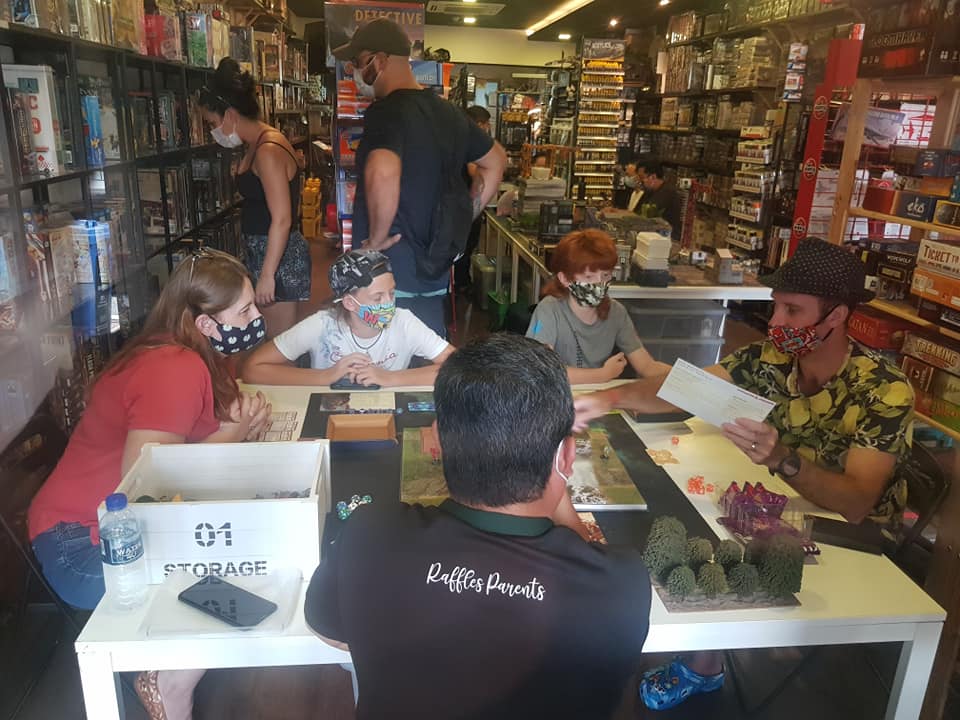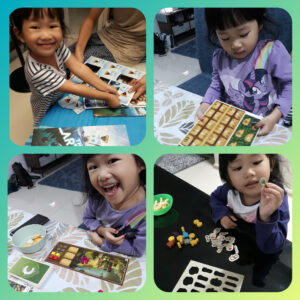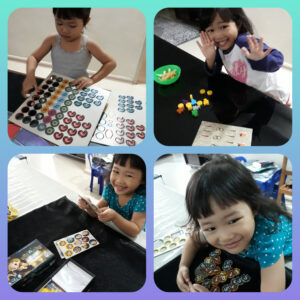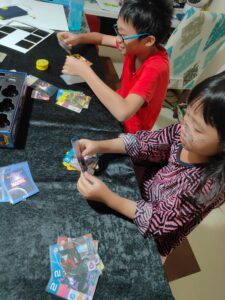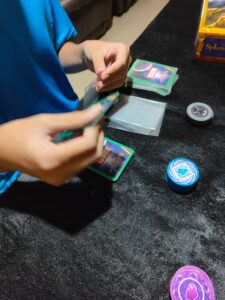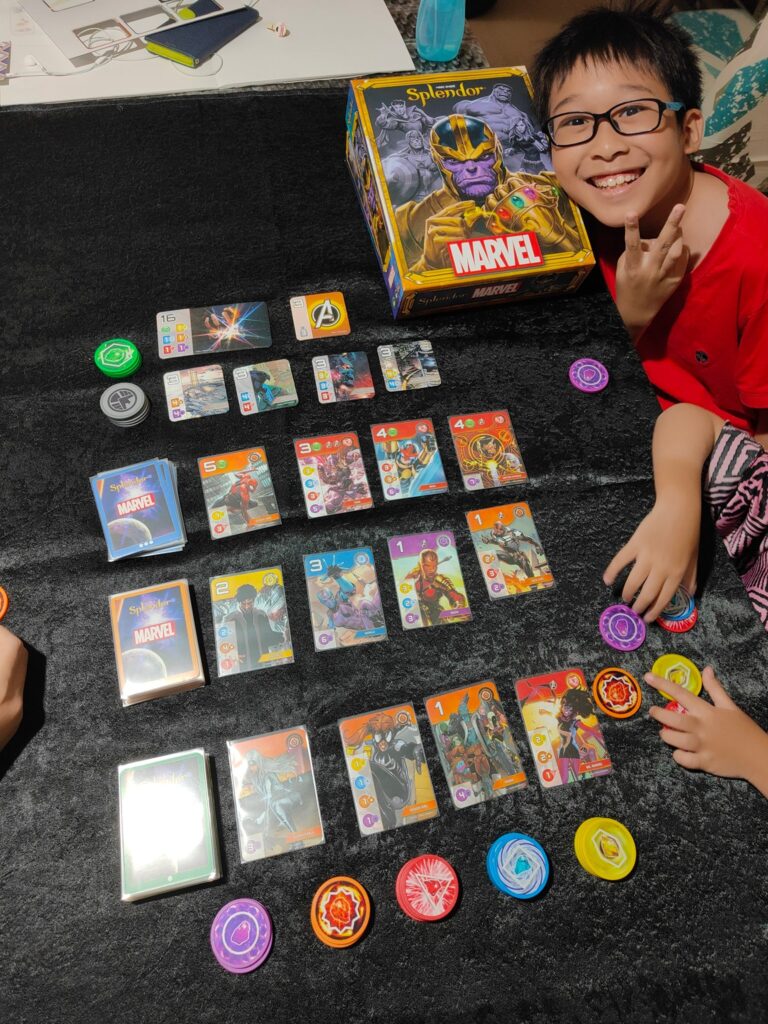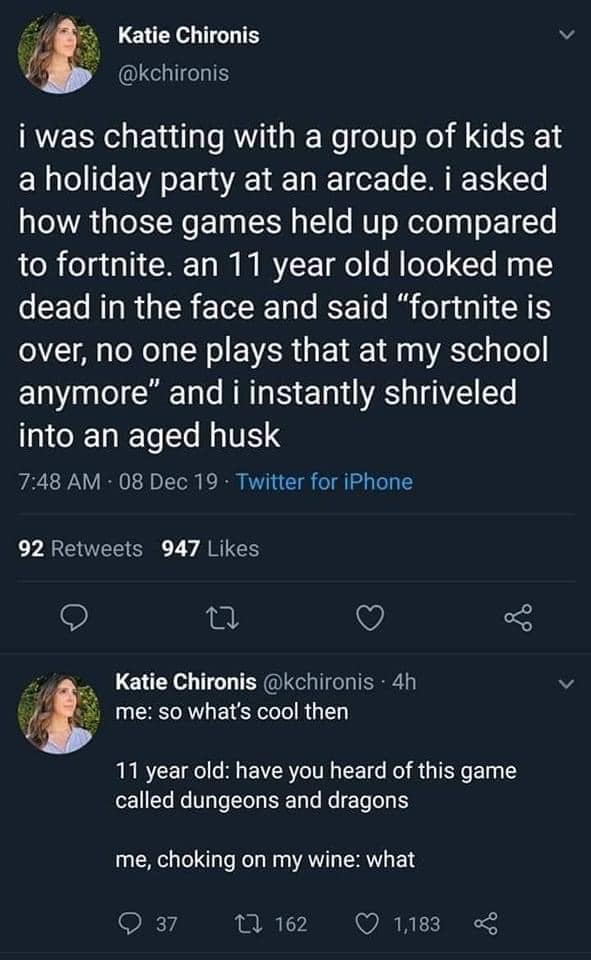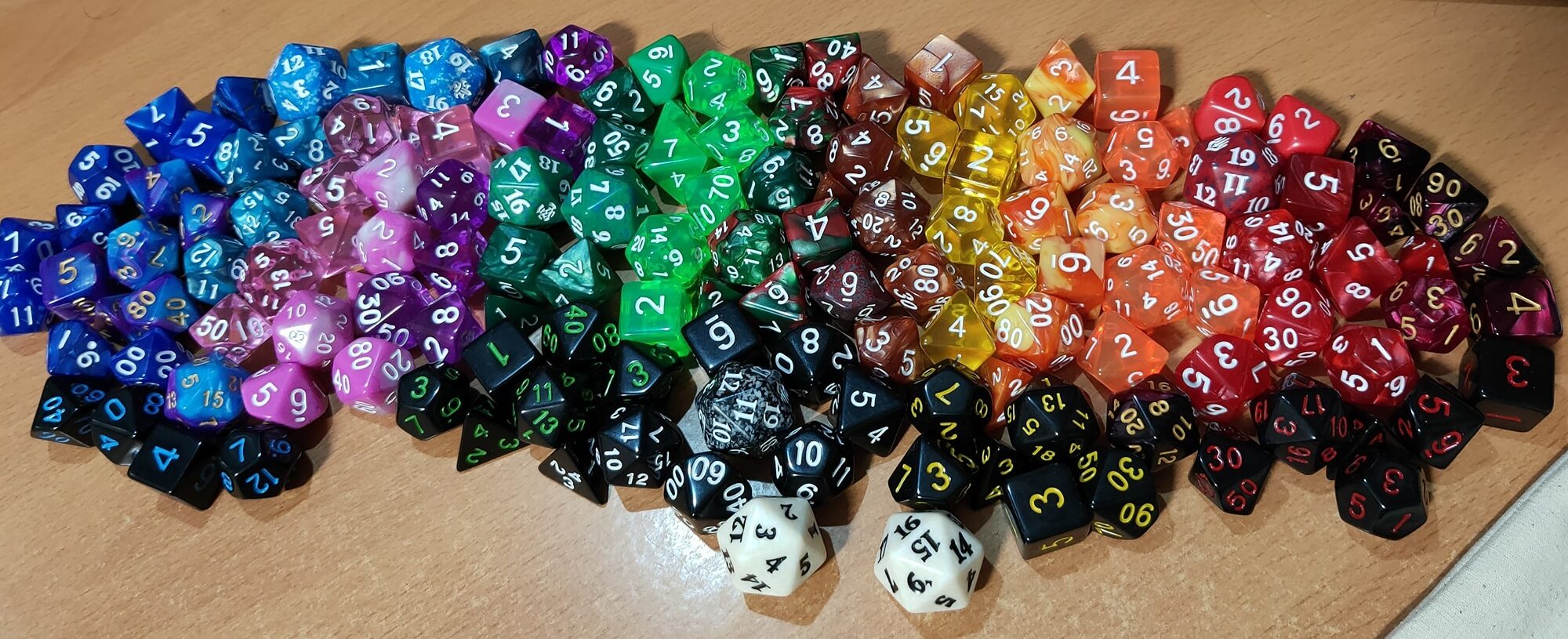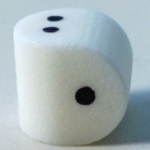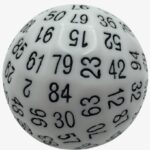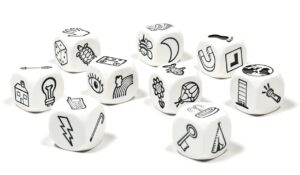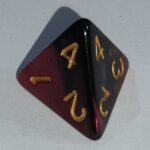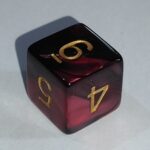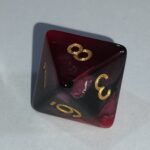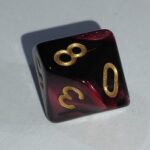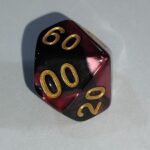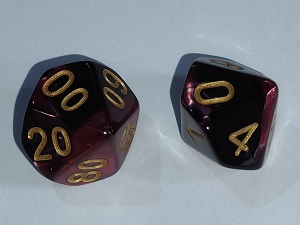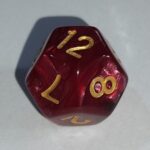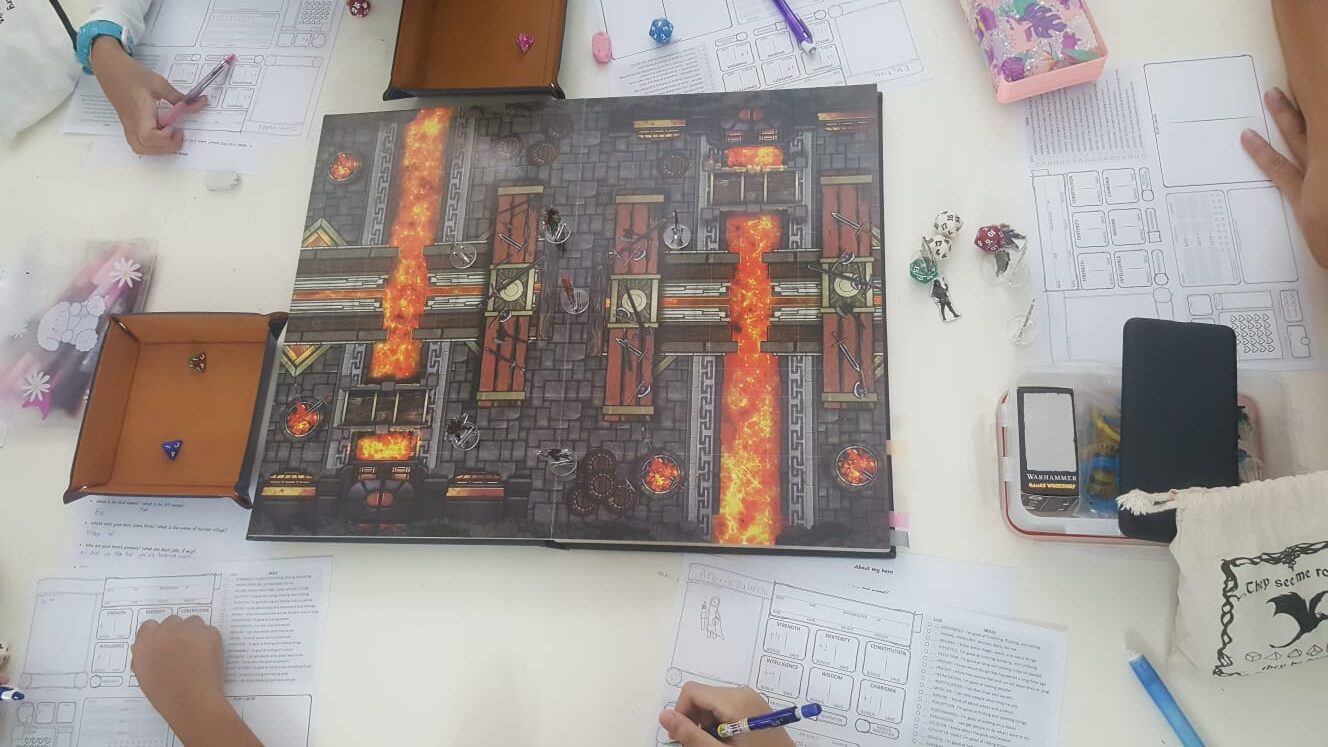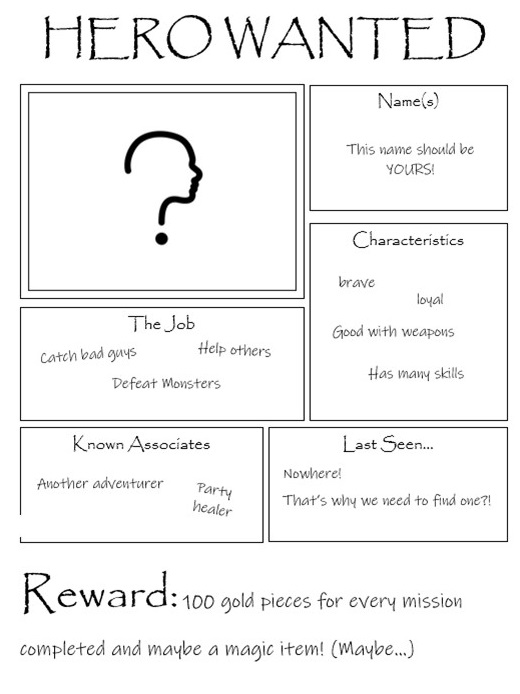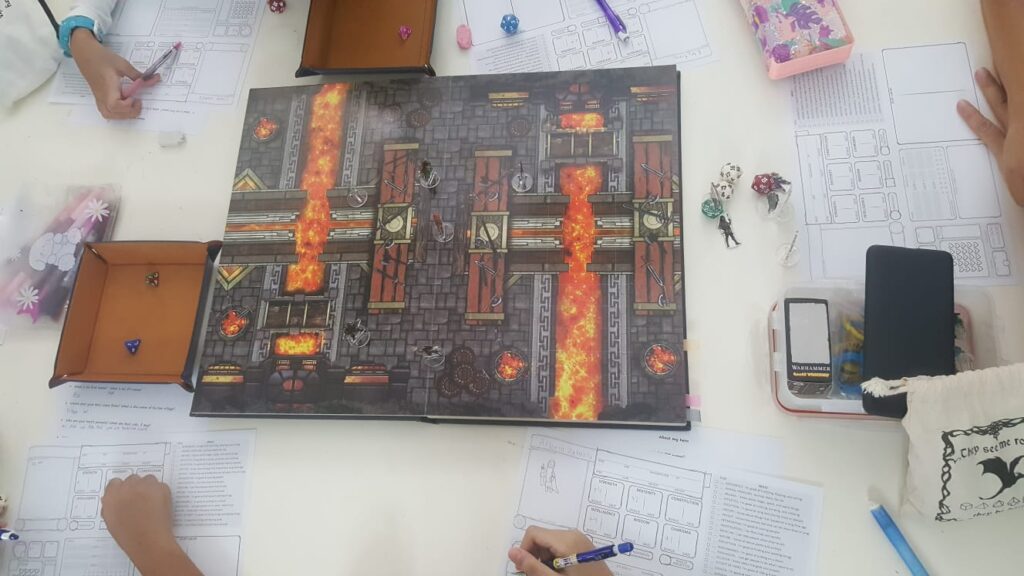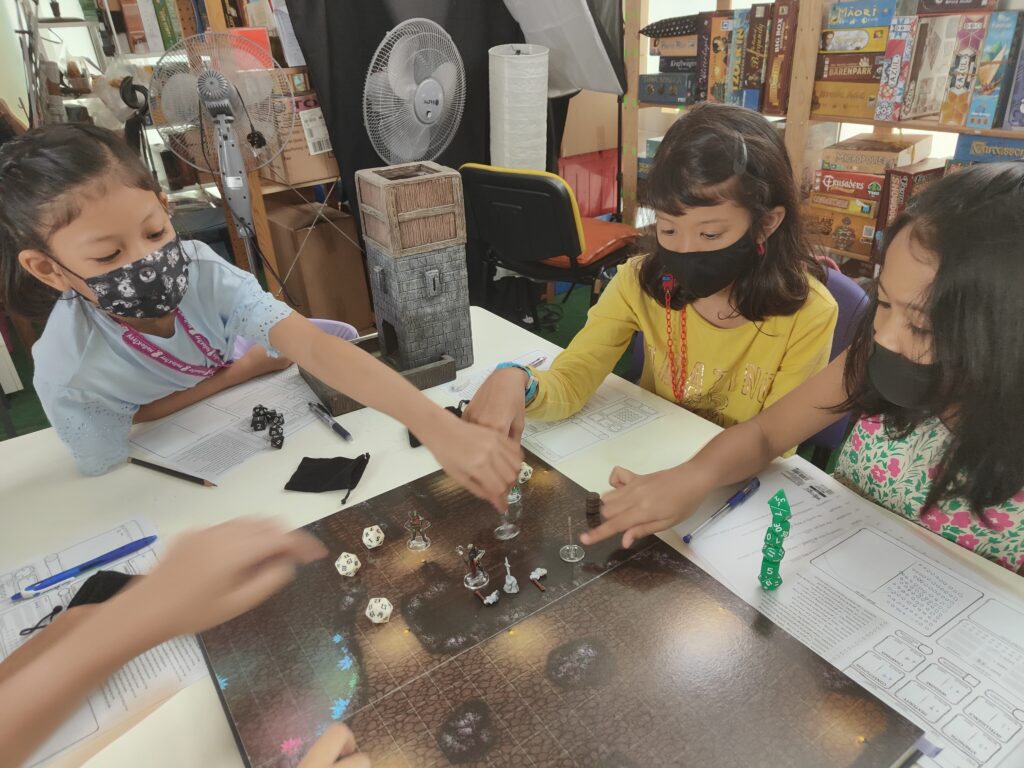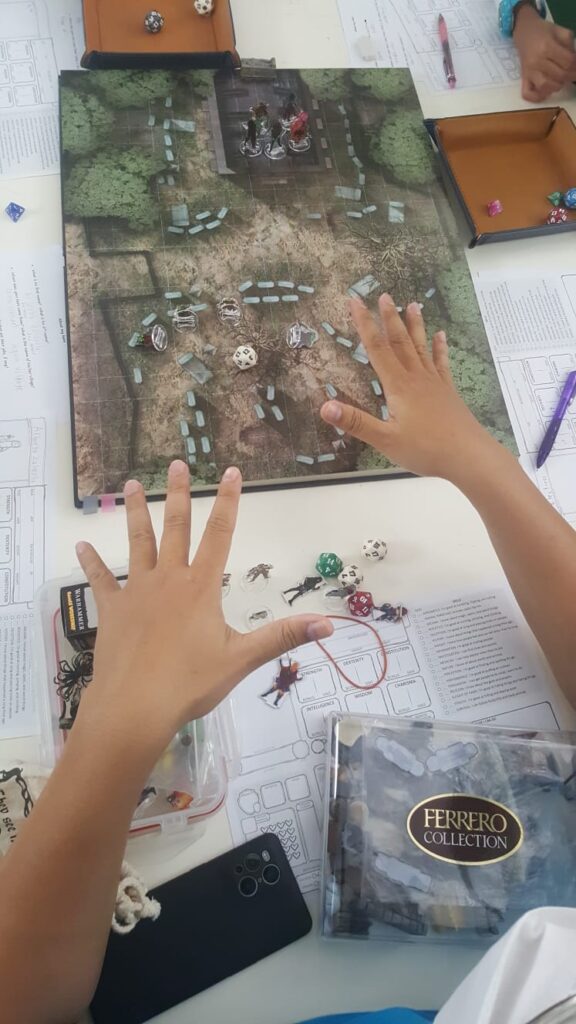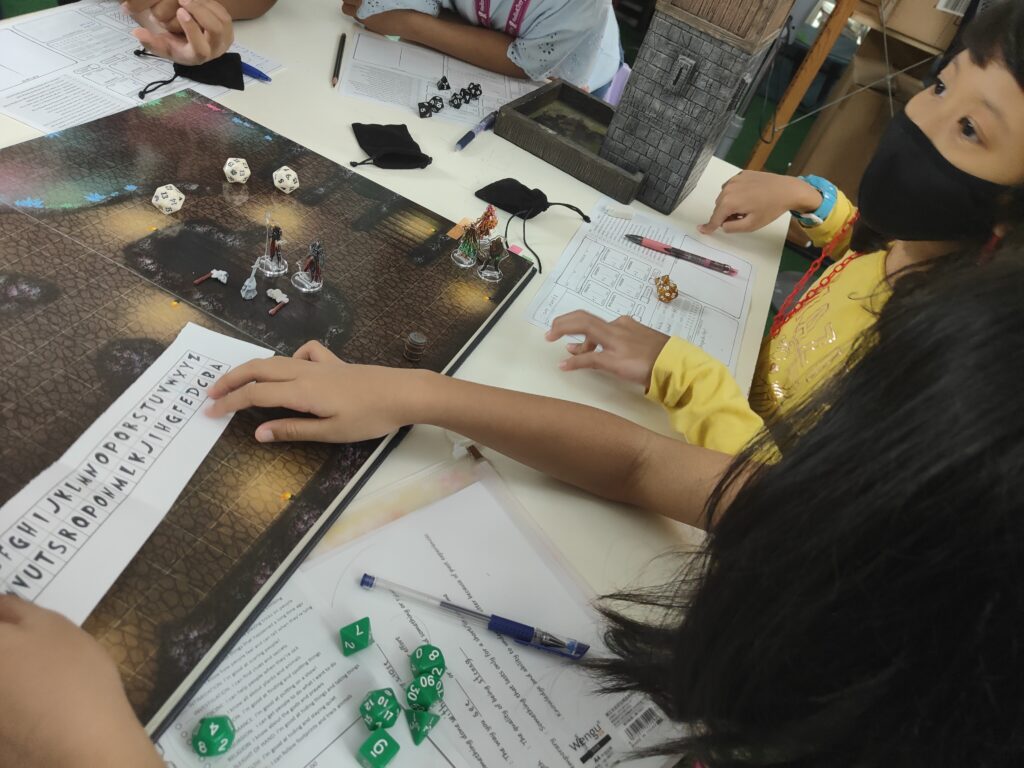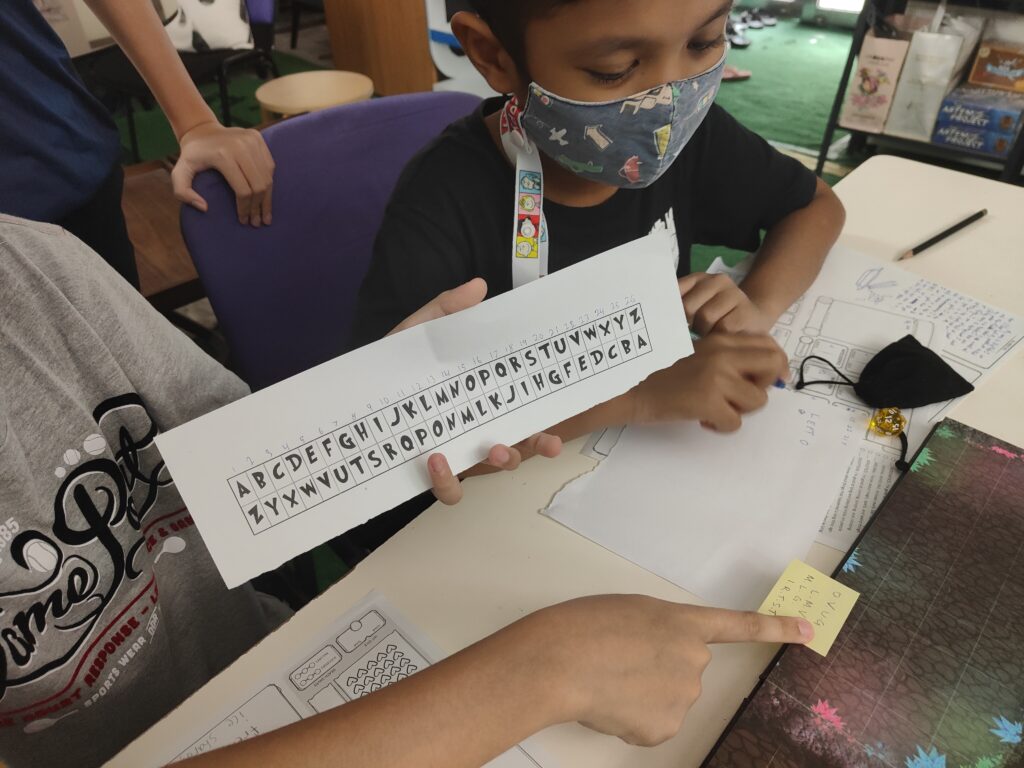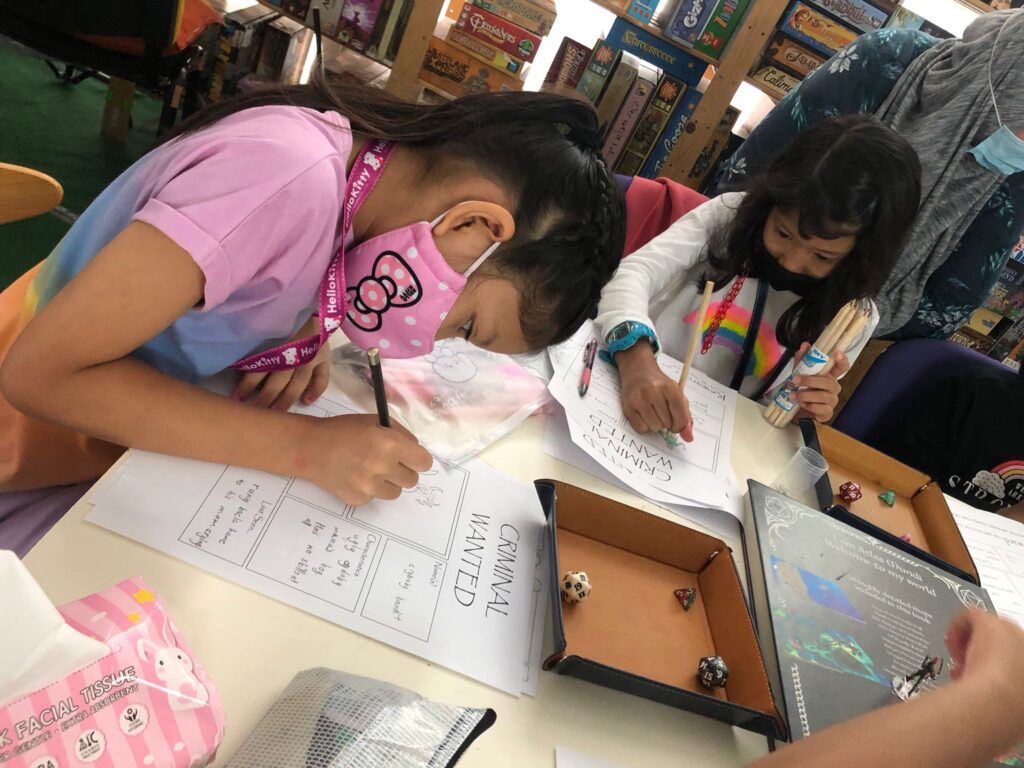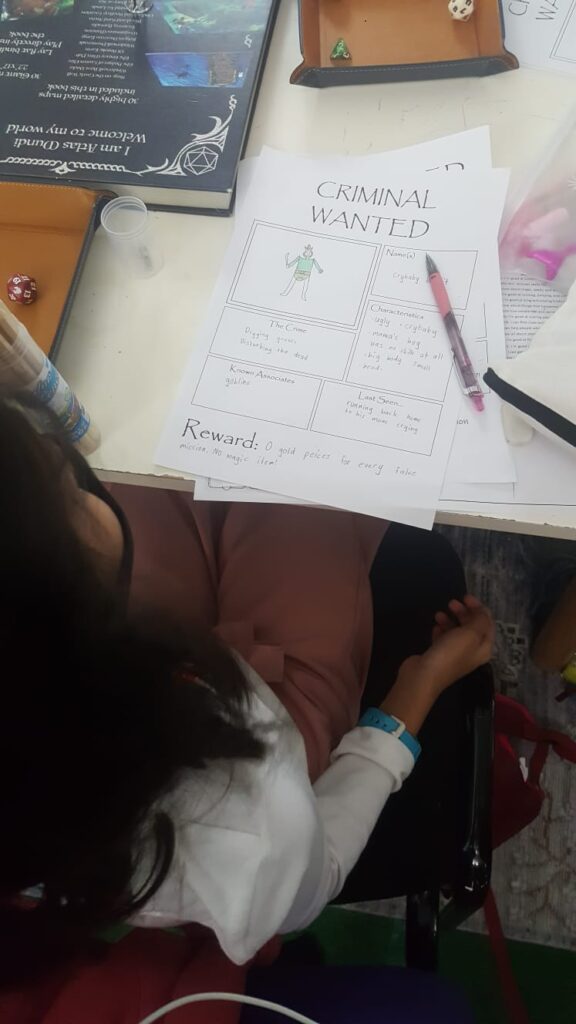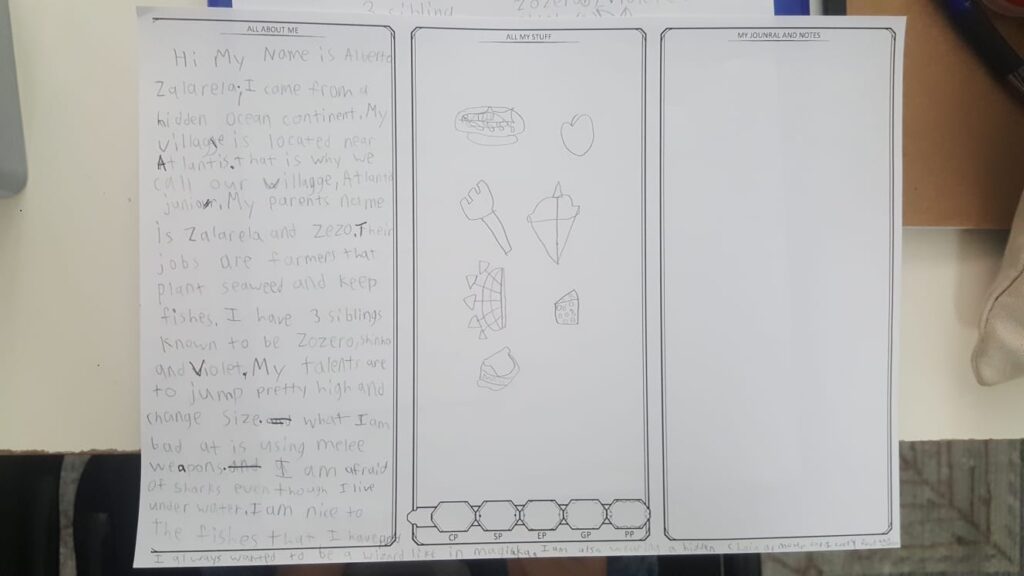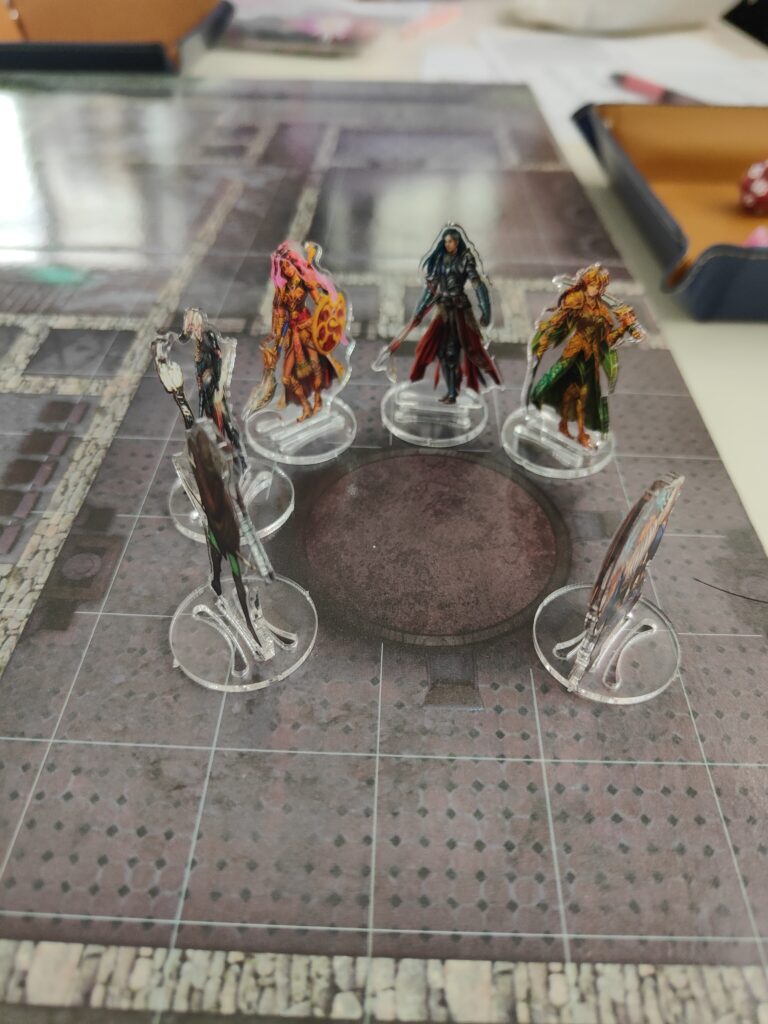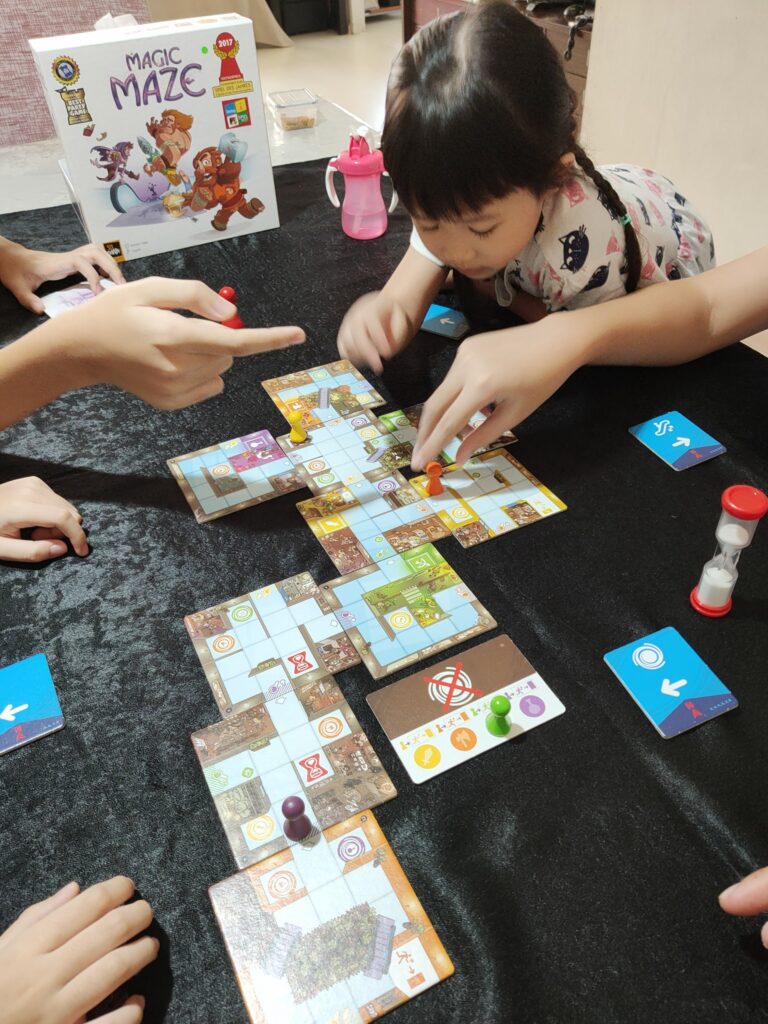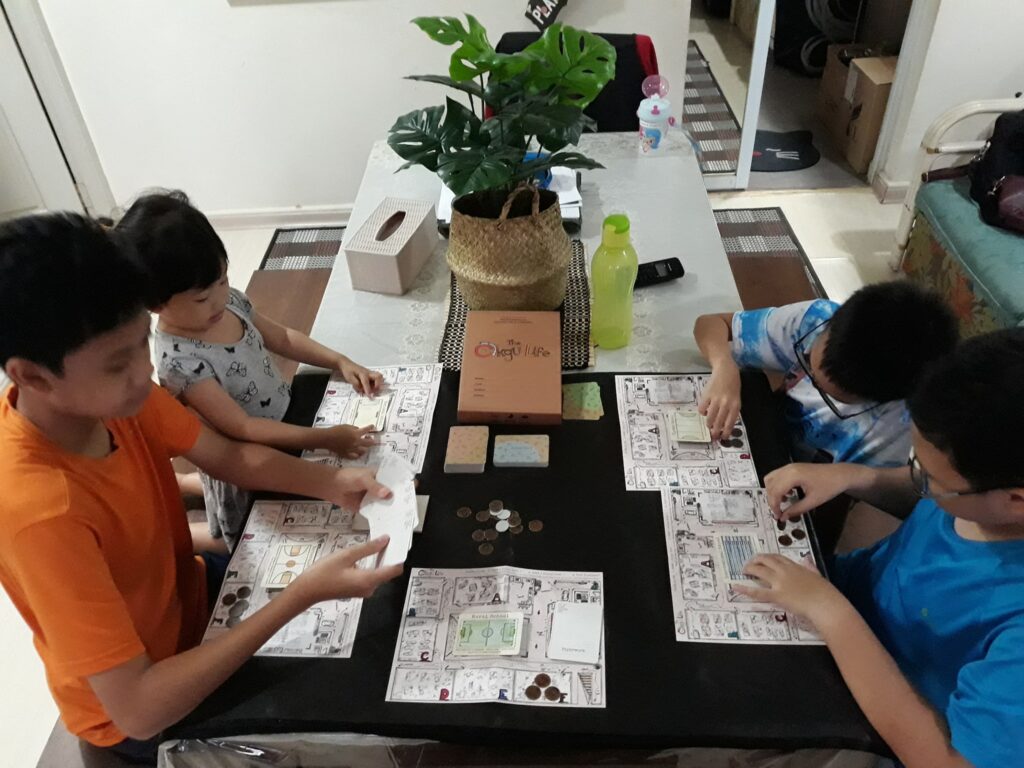It absolutely stoked me when I was called to DM for a family of four at a Learn-to-Play D&D event last Saturday. I was told that a mum had signed up on behalf of her son who was keen to learn how to play the game. Apparently, they have bought the Starter Set but he was having trouble picking it up. So, I told Criticals & Fumbles to gave them the nod to register as a family and they happily obliged.
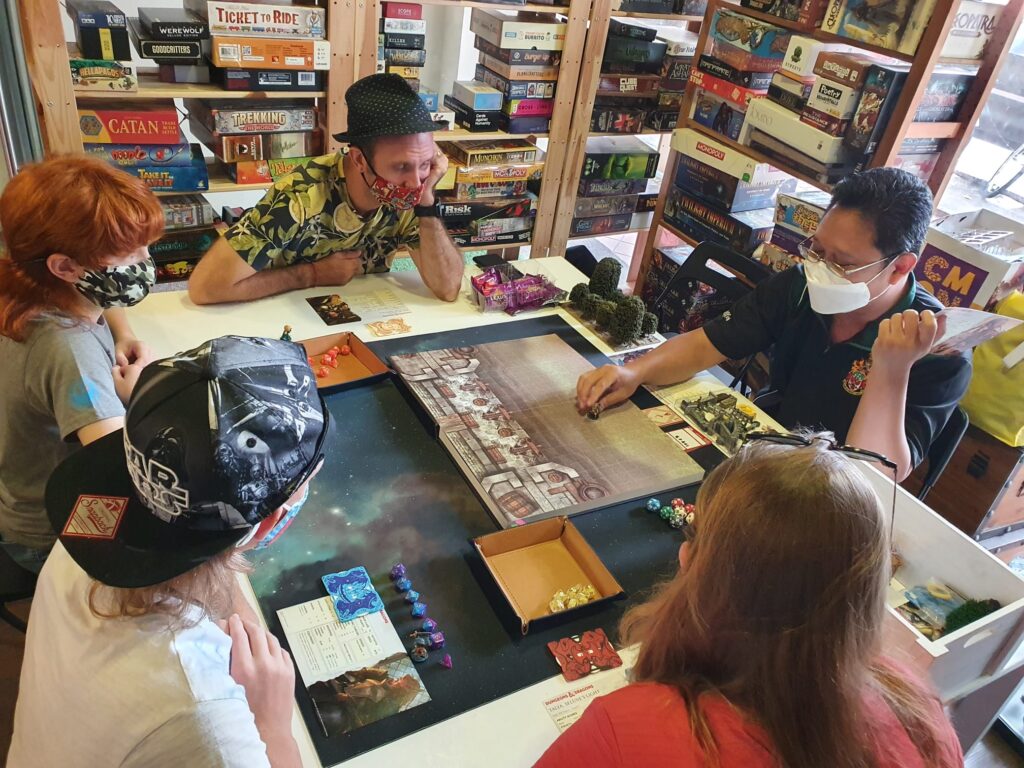
I give maximum kudos to an 11 year-old for stepping up and trying to learn this game so that he can run it for his family. Alas, some things are best learnt from those who can, for a start. I mean, you can’s just buy a car and learn how to drive by reading the manual or watch a YouTube video, can you?
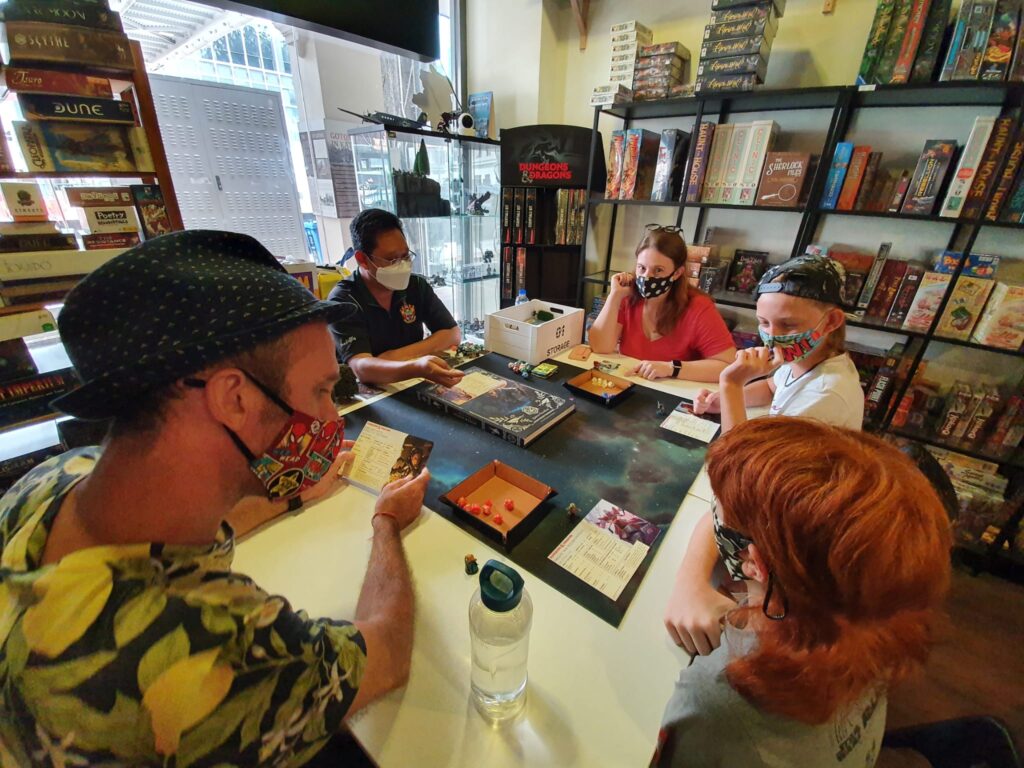
Over the span of 3 hours on a Saturday afternoon… we went over the basic rules, the difference between race versus class, the relative importance of role-playing albeit with some attempt at voice-acting, how to identify which dice to be used and what to look for in their character sheets when asked to do a Skill check or a Saving throw. The young lad himself was so focused and knew exactly the parts where he needed to seek clarification. The ‘I-now-get-it’ expressions on his face every now and then are what DMs like me live for.
On the day itself, the Dad admitted that he didn’t know what he was signing up for but was more than glad to learn and be surprised. Needless to say, by the end of the session, he expressed how it was mind-boggling to see the skills needed to run a game and the extra care given to ensure every new player has enough support in terms of equipment like; dice sets, beginner character cards, spells cards, hit point counters, gorgeous maps and intricately painted miniatures.
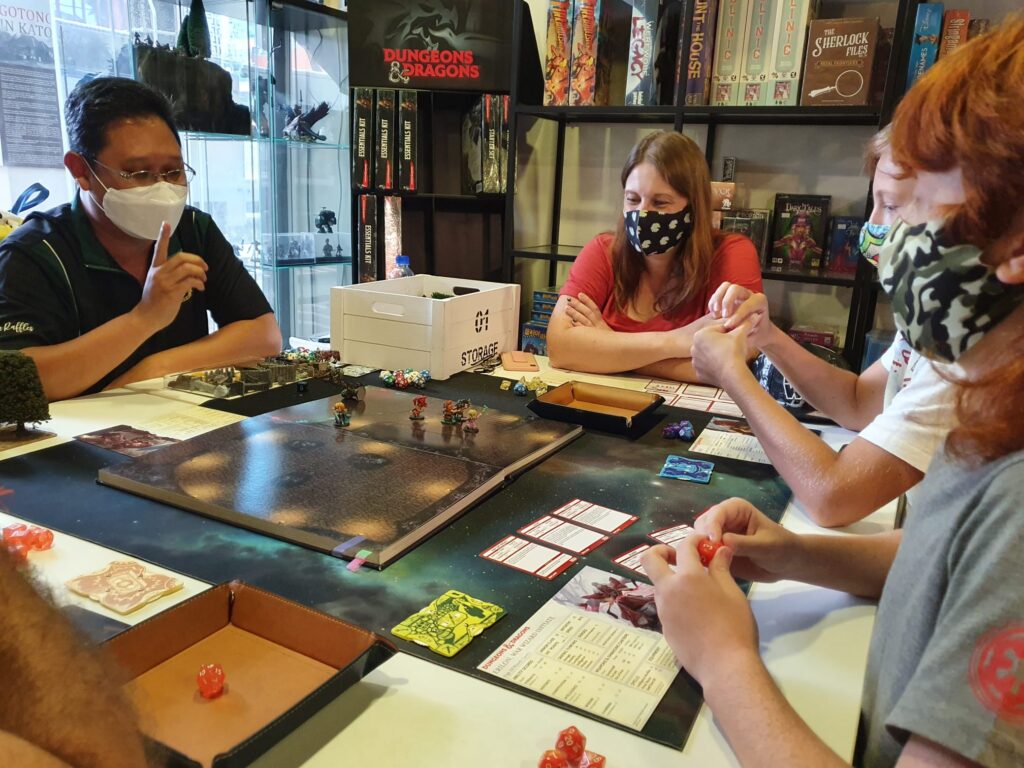
My inspiration of writing this blog was actually – the young DM wanna-be. His enthusiasm was infectious that it got the rest of the family curious and from this session alone, he managed to get wonderful support from his parents that they actually agreed to buy the pretty massive Immersive Battlemaps book! Step one step closer to being an awesome DM 🙂
Every Learn-to-Play session that I do for families and kids, is to really share how a few hours can turn into a wonderful, highly interactive moment of storytelling where we build memorable moments together – regardless of the dice outcomes that either force you to succeed/fail your intended actions – because it’s all part of what makes the game what it is… sort of a ‘controlled chaos’ where everybody leaves with a sense of satisfaction, achievement and especially having fun.
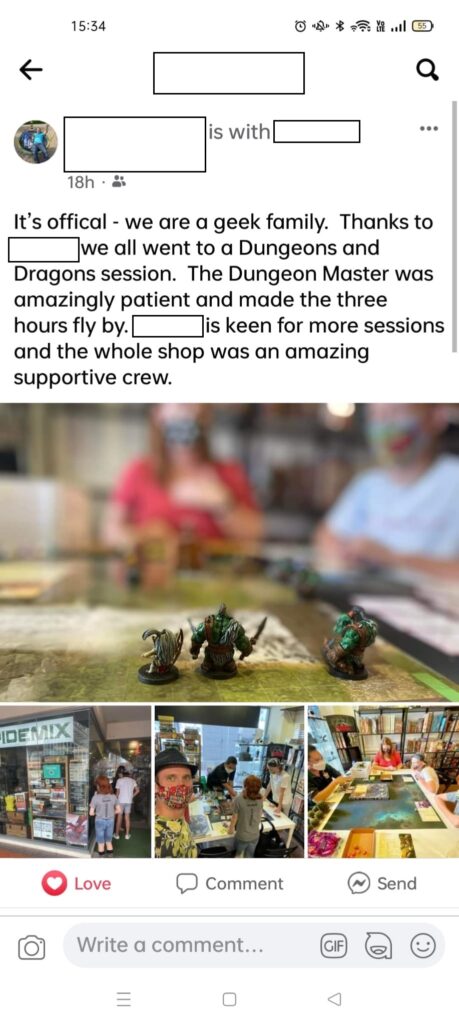
Well, for the games I run for families and and children at least. For adults, there are DMs who thrive and excel in other varieties of storylines or endings that are morally grey. We do what’s appropriate for the group and/or when the group is ready.

